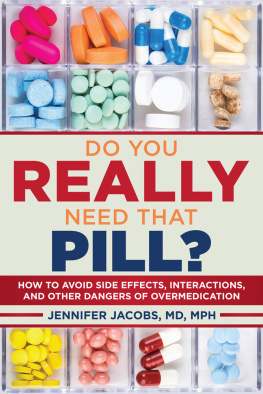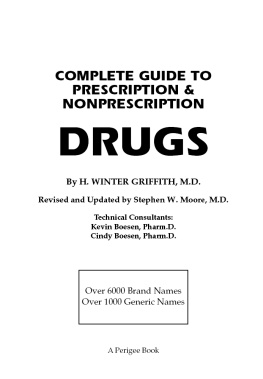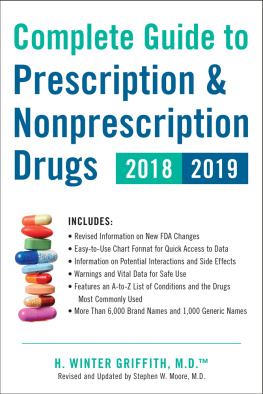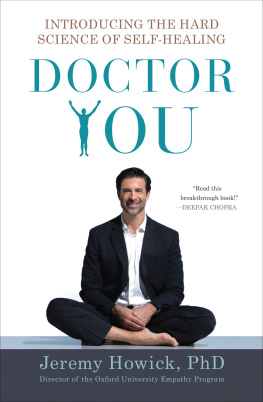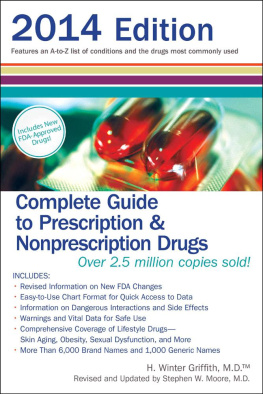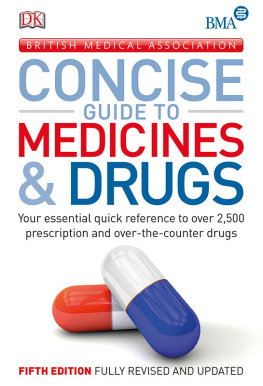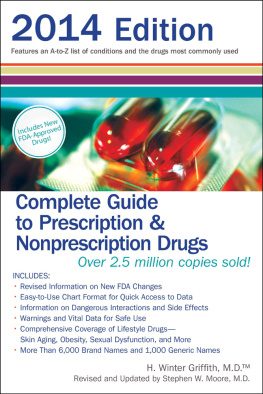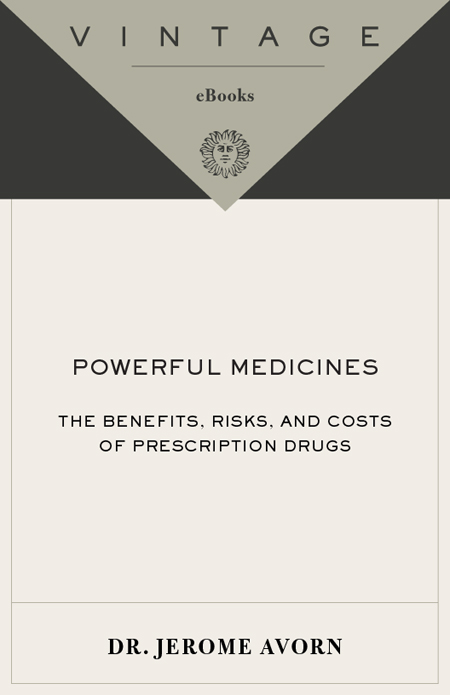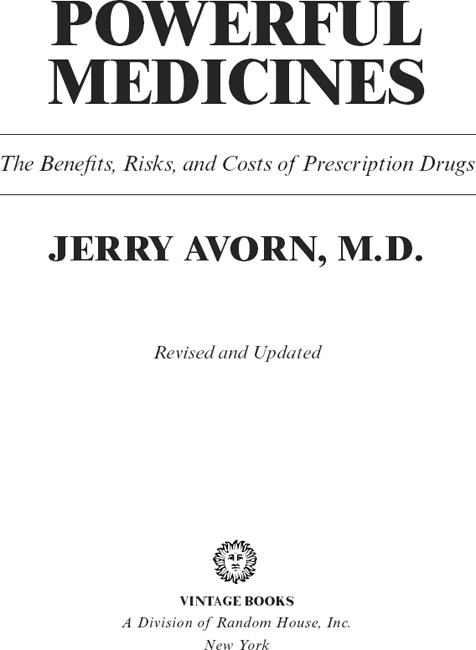Jerry Avorn - Powerful Medicines: The Benefits, Risks, and Costs of Prescription Drugs
Here you can read online Jerry Avorn - Powerful Medicines: The Benefits, Risks, and Costs of Prescription Drugs full text of the book (entire story) in english for free. Download pdf and epub, get meaning, cover and reviews about this ebook. year: 2008, publisher: Knopf Doubleday Publishing Group, genre: Romance novel. Description of the work, (preface) as well as reviews are available. Best literature library LitArk.com created for fans of good reading and offers a wide selection of genres:
Romance novel
Science fiction
Adventure
Detective
Science
History
Home and family
Prose
Art
Politics
Computer
Non-fiction
Religion
Business
Children
Humor
Choose a favorite category and find really read worthwhile books. Enjoy immersion in the world of imagination, feel the emotions of the characters or learn something new for yourself, make an fascinating discovery.

- Book:Powerful Medicines: The Benefits, Risks, and Costs of Prescription Drugs
- Author:
- Publisher:Knopf Doubleday Publishing Group
- Genre:
- Year:2008
- Rating:5 / 5
- Favourites:Add to favourites
- Your mark:
Powerful Medicines: The Benefits, Risks, and Costs of Prescription Drugs: summary, description and annotation
We offer to read an annotation, description, summary or preface (depends on what the author of the book "Powerful Medicines: The Benefits, Risks, and Costs of Prescription Drugs" wrote himself). If you haven't found the necessary information about the book — write in the comments, we will try to find it.
This is a comprehensive behind-the-scenes look at issues that affect everyone: our shortage of data comparing the worth of similar drugs for the same condition; alarming lapses in the detection of lethal side effects; the underuse of life-saving medications; lavish marketing campaigns that influence what doctors prescribe; and the resulting upward spiral of costs that places vital drugs beyond the reach of many Americans.
In this engagingly written book, Dr. Avorn asks questions that will interest every consumer: How can a product judged safe by the Food and Drug Administration turn out to have unexpectedly lethal side effects? Why has the nations drug bill been growing at nearly 20 percent per year? How can physicians and patients pick the best medication in its class? How do doctors actually make their prescribing decisions, and why do those decisions sometimes go wrong? Why do so many Americans suffer preventable illnesses and deaths that proper drug use could have averted? How can the nation gain control over its escalating drug budget without resorting to rationing or draconian governmental controls?
Using clinical case histories taken from his own work as a practitioner, researcher, and advocate, Dr. Avorn demonstrates the impressive power of the well-conceived prescription as well as the debacles that can result when medications are misused. He describes an innovative program that employs the pharmaceutical industrys own marketing techniques to reduce use of some of the most overprescribed and overpriced products. Powerful Medicines offers timely and practical advice on how the nation can improve its drug-approval process, and how patients can work with doctors to make sure their prescriptions are safe, effective, and as affordable as possible.
This is a passionate and provocative call for action as well as a compelling work of clear-headed science.
Jerry Avorn: author's other books
Who wrote Powerful Medicines: The Benefits, Risks, and Costs of Prescription Drugs? Find out the surname, the name of the author of the book and a list of all author's works by series.

